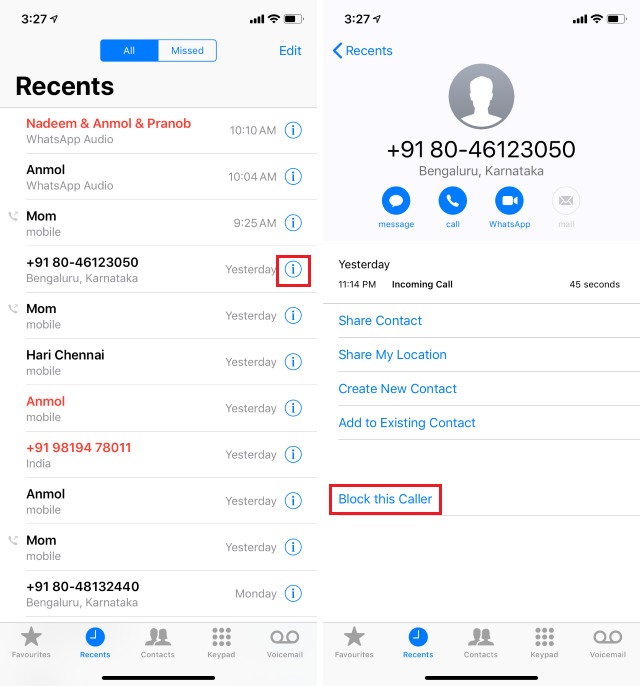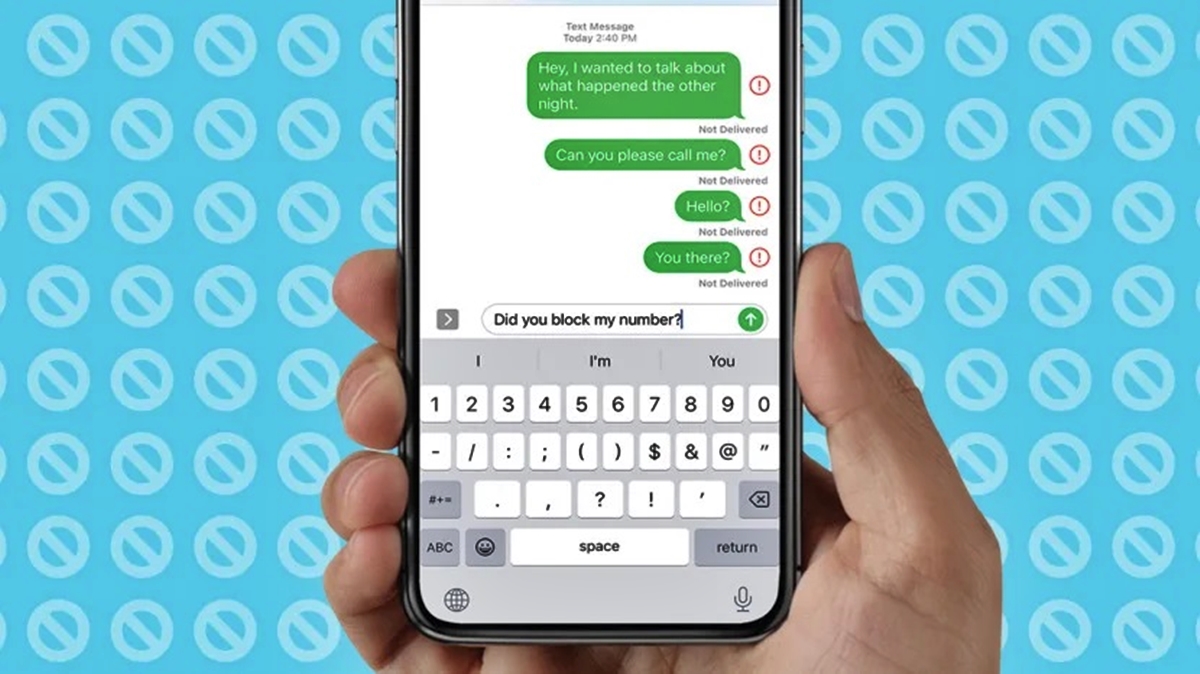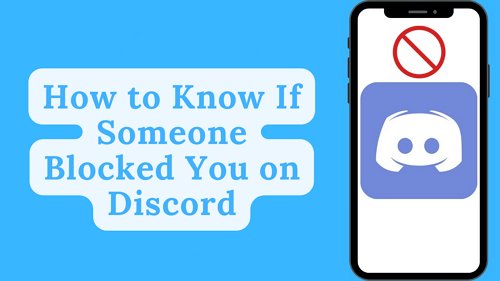Understanding the Signs of Being Blocked
Being blocked on social media or messaging platforms can be a frustrating and confusing experience. It’s essential to recognize the signs and symptoms of being blocked to take control of your online relationships. One of the most common indicators of being blocked is sudden silence or unresponsiveness from the other person. If you’ve been chatting or messaging with someone regularly, and they suddenly stop responding, it may be a sign that you’ve been blocked.
Another sign of being blocked is unexplained changes in behavior. If someone who was previously active and engaged with you online suddenly becomes inactive or distant, it could be a sign that they’ve blocked you. Additionally, if you notice that your messages or comments are not being delivered or are being ignored, it may indicate that you’ve been blocked.
It’s also important to pay attention to changes in the other person’s online behavior. If they’re no longer posting updates or engaging with others online, it could be a sign that they’ve blocked you. Furthermore, if you try to search for the person’s profile or account and can’t find it, it may indicate that you’ve been blocked.
While these signs don’t necessarily mean you’ve been blocked, they can be indicative of a problem. If you’re unsure whether you’ve been blocked, it’s essential to take steps to investigate and understand the situation. By recognizing the signs and symptoms of being blocked, you can take control of your online relationships and move forward.
Learning how to check if you’re blocked is crucial in maintaining healthy online relationships. By being aware of the signs and symptoms of being blocked, you can take proactive steps to address the issue and prevent it from happening in the future. In the next section, we’ll explore how to check for blocks on popular social media platforms.
Checking for Blocks on Popular Social Media Platforms
Now that you’re aware of the common signs and symptoms of being blocked, it’s time to take action and check if you’ve been blocked on popular social media platforms. In this section, we’ll provide a step-by-step guide on how to check for blocks on Facebook, Instagram, Twitter, and Snapchat.
Facebook: To check if you’ve been blocked on Facebook, try searching for the person’s name in the search bar. If you can’t find their profile, it may be a sign that you’ve been blocked. You can also try sending them a message or posting on their wall to see if you get a response. If you don’t receive a response, it’s possible that you’ve been blocked.
Instagram: To check if you’ve been blocked on Instagram, try searching for the person’s username in the search bar. If you can’t find their profile, it may be a sign that you’ve been blocked. You can also try sending them a direct message or commenting on one of their posts to see if you get a response. If you don’t receive a response, it’s possible that you’ve been blocked.
Twitter: To check if you’ve been blocked on Twitter, try searching for the person’s username in the search bar. If you can’t find their profile, it may be a sign that you’ve been blocked. You can also try sending them a direct message or mentioning them in a tweet to see if you get a response. If you don’t receive a response, it’s possible that you’ve been blocked.
Snachat: To check if you’ve been blocked on Snapchat, try searching for the person’s username in the search bar. If you can’t find their profile, it may be a sign that you’ve been blocked. You can also try sending them a snap or message to see if you get a response. If you don’t receive a response, it’s possible that you’ve been blocked.
By following these steps, you can determine if you’ve been blocked on popular social media platforms. Remember to respect the other person’s boundaries and decisions, and don’t try to contact them if you’ve been blocked. Learning how to check if you’re blocked is an essential step in maintaining healthy online relationships.
In the next section, we’ll explore the role of mutual friends in detecting blocks, and how they can help you determine if you’ve been blocked.
The Role of Mutual Friends in Detecting Blocks
Mutual friends can play a significant role in detecting blocks on social media platforms. If you suspect that you’ve been blocked by someone, you can ask a mutual friend to check if they can see the person’s profile or if they have been blocked as well. This can be a useful way to determine if you’ve been blocked, especially if you’re not sure if the person has blocked you or if they’ve simply deactivated their account.
To ask a mutual friend to check if you’ve been blocked, you can send them a message or make a phone call. Explain the situation and ask if they can check if they can see the person’s profile. If they can see the profile, it’s likely that you’ve been blocked. If they can’t see the profile, it’s possible that the person has deactivated their account or blocked both of you.
It’s essential to approach this situation with caution and respect the other person’s boundaries. If you’ve been blocked, it’s not a good idea to ask a mutual friend to try to contact the person or to try to get around the block. Instead, focus on moving forward and maintaining healthy relationships with others.
Using mutual friends to detect blocks can be a useful strategy, but it’s not foolproof. Some people may not want to get involved in the situation, or they may not be able to check if you’ve been blocked. In these cases, you can try using other methods to detect blocks, such as checking the person’s profile directly or using third-party apps.
Learning how to check if you’re blocked is an essential skill in maintaining healthy online relationships. By being aware of the signs and symptoms of being blocked and using mutual friends to detect blocks, you can take control of your online relationships and move forward with confidence.
In the next section, we’ll explore the use of third-party apps to detect blocks, including their pros and cons, and how to use them effectively.
Using Third-Party Apps to Detect Blocks
Third-party apps and tools can be a useful way to detect blocks on social media platforms. These apps can help you determine if you’ve been blocked by someone, and can also provide additional features such as tracking changes to the person’s profile or monitoring their online activity.
One of the most popular third-party apps for detecting blocks is Block Checker. This app allows you to enter the person’s username or profile URL and will then check if you’ve been blocked. The app also provides additional features such as tracking changes to the person’s profile and monitoring their online activity.
Another popular app is Social Detective. This app allows you to enter the person’s username or profile URL and will then check if you’ve been blocked. The app also provides additional features such as tracking changes to the person’s profile and monitoring their online activity.
While third-party apps can be a useful way to detect blocks, it’s essential to use them responsibly and respect the other person’s boundaries. It’s also important to note that these apps may not always be accurate, and may not work on all social media platforms.
When using third-party apps to detect blocks, it’s essential to consider the pros and cons. Some of the pros include:
- Convenience: Third-party apps can be a quick and easy way to detect blocks.
- Accuracy: Many third-party apps are highly accurate and can provide reliable results.
- Additional features: Many third-party apps provide additional features such as tracking changes to the person’s profile and monitoring their online activity.
Some of the cons include:
- Reliability: Third-party apps may not always be reliable, and may not work on all social media platforms.
- Accuracy: Some third-party apps may not be accurate, and may provide false results.
- Cost: Some third-party apps may require a subscription or payment to use.
By understanding the pros and cons of using third-party apps to detect blocks, you can make an informed decision about whether or not to use them. In the next section, we’ll explore what to do if you’ve been blocked, including how to respect the other person’s boundaries, how to reflect on your actions, and how to move forward.
What to Do If You’ve Been Blocked
If you’ve been blocked by someone on social media or a messaging platform, it’s essential to respect their boundaries and decisions. Being blocked can be a frustrating and confusing experience, but it’s crucial to approach the situation with maturity and understanding.
Firstly, it’s essential to acknowledge that being blocked is not always a bad thing. Sometimes, people block others to protect themselves from harassment, abuse, or toxic behavior. In these cases, being blocked can be a positive step towards maintaining a healthy and safe online environment.
However, if you’ve been blocked due to a misunderstanding or miscommunication, it’s essential to reflect on your actions and consider how you can improve your online behavior. Ask yourself if you’ve been respectful and considerate in your interactions with the person, and if there’s anything you can do to prevent similar situations in the future.
It’s also essential to respect the person’s decision to block you and not try to contact them or get around the block. This can be seen as harassment or stalking, and can lead to further consequences. Instead, focus on moving forward and maintaining healthy relationships with others.
Learning how to check if you’re blocked is an essential skill in maintaining healthy online relationships. By being aware of the signs and symptoms of being blocked, and knowing how to respond if you’ve been blocked, you can take control of your online relationships and maintain a positive and respectful online presence.
Some tips for moving forward after being blocked include:
- Focus on maintaining healthy relationships with others.
- Reflect on your online behavior and consider how you can improve.
- Respect the person’s decision to block you and don’t try to contact them.
- Take steps to protect yourself from harassment or abuse.
By following these tips, you can maintain a healthy and positive online presence, even if you’ve been blocked by someone. In the next section, we’ll explore how to prevent blocks in the future, including how to communicate effectively, how to set boundaries, and how to maintain healthy relationships.
Preventing Blocks in the Future
Preventing blocks in the future requires a combination of effective communication, boundary setting, and healthy relationship maintenance. By being proactive and taking steps to prevent blocks, you can maintain healthy online relationships and avoid the frustration and confusion that comes with being blocked.
Effective communication is key to preventing blocks. This means being clear and respectful in your online interactions, and avoiding behaviors that may be perceived as harassment or abuse. It’s also essential to listen actively and respond thoughtfully to others, and to be open to feedback and criticism.
Setting boundaries is also crucial in preventing blocks. This means being clear about what you are and are not comfortable with in your online interactions, and communicating those boundaries clearly to others. It’s also essential to respect the boundaries of others, and to avoid pushing or crossing those boundaries.
Maintaining healthy relationships is also essential in preventing blocks. This means being respectful and considerate of others, and avoiding behaviors that may be perceived as toxic or abusive. It’s also essential to prioritize self-care and to take steps to protect yourself from harassment or abuse.
Some tips for preventing blocks in the future include:
- Communicate effectively and respectfully.
- Set clear boundaries and communicate them clearly to others.
- Maintain healthy relationships and prioritize self-care.
- Avoid behaviors that may be perceived as harassment or abuse.
- Be open to feedback and criticism, and respond thoughtfully to others.
By following these tips, you can prevent blocks in the future and maintain healthy online relationships. In the next section, we’ll address common misconceptions about being blocked, including the idea that being blocked is always a bad thing, or that it’s always the other person’s fault.
Common Misconceptions About Being Blocked
There are several common misconceptions about being blocked that can lead to confusion and frustration. One of the most common misconceptions is that being blocked is always a bad thing. However, being blocked can sometimes be a positive step towards maintaining a healthy and safe online environment.
Another common misconception is that being blocked is always the other person‘s fault. However, being blocked can sometimes be the result of a misunderstanding or miscommunication. It’s essential to reflect on your actions and consider how you may have contributed to the situation.
Some people also believe that being blocked means that the other person is trying to ignore or avoid them. However, being blocked can sometimes be a way for the other person to protect themselves from harassment or abuse.
It’s also common for people to believe that being blocked is permanent. However, being blocked can sometimes be temporary, and the other person may unblock you if they feel that the situation has been resolved.
By understanding these common misconceptions, you can take a more informed and nuanced approach to dealing with being blocked. Remember that being blocked is not always a bad thing, and it’s essential to reflect on your actions and consider how you may have contributed to the situation.
Some tips for dealing with common misconceptions about being blocked include:
- Reflect on your actions and consider how you may have contributed to the situation.
- Don’t assume that being blocked is always a bad thing.
- Don’t assume that being blocked is always the other person’s fault.
- Consider the possibility that being blocked may be temporary.
By following these tips, you can take a more informed and nuanced approach to dealing with being blocked. In the next section, we’ll summarize the main points of the article and emphasize the importance of taking control of your online relationships.
Conclusion: Taking Control of Your Online Relationships
In conclusion, being blocked on social media or messaging platforms can be a frustrating and confusing experience. However, by understanding the signs and symptoms of being blocked, and taking proactive steps to detect and prevent blocks, you can take control of your online relationships and maintain healthy communication.
Remember that being blocked is not always a bad thing, and it’s essential to reflect on your actions and consider how you may have contributed to the situation. By communicating effectively, setting boundaries, and maintaining healthy relationships, you can prevent blocks in the future and maintain a positive online presence.
It’s also essential to address common misconceptions about being blocked, including the idea that being blocked is always a bad thing, or that it’s always the other person’s fault. By understanding these misconceptions, you can take a more informed and nuanced approach to dealing with being blocked.
By following the steps outlined in this article, you can learn how to check if you’re blocked, and take control of your online relationships. Remember to stay proactive, communicate effectively, and maintain healthy relationships to prevent blocks in the future.
By taking control of your online relationships, you can maintain a positive and healthy online presence, and avoid the frustration and confusion that comes with being blocked. Stay proactive, stay informed, and take control of your online relationships today.








